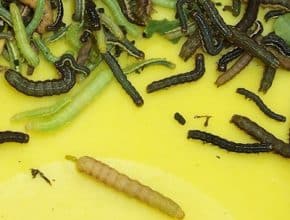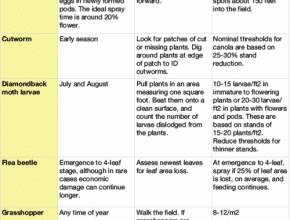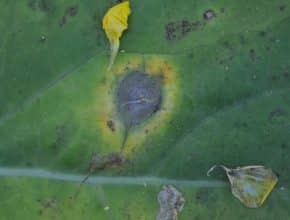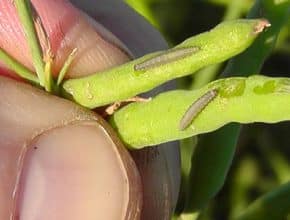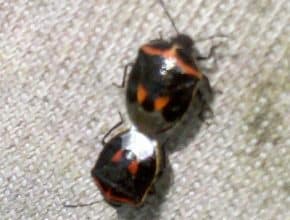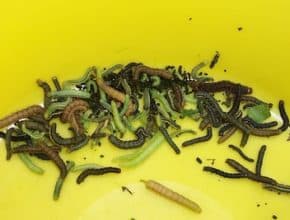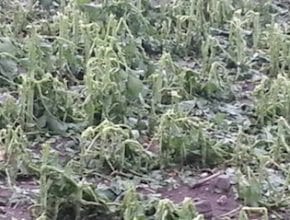Delaying swathing while you wait for more plants to mature is generally positive for yield, especially at this stage of the season…
Canola Watch Posts
-
-
Insect scouting is the top priority as canola moves out of flowering and into podding. Protection from insects, using economic thresholds, is most important at this stage as canola no longer has the capacity to compensate for losses. The photo above shows the various colours of bertha armyworm. While scouting for insects, take a look at plants for early signs…
-
3. Record what you find. With detailed records, including insects found in each field, insect numbers, what they’re feeding on, time of day, temperature and weather conditions, you know which fields to scout more frequently, and you have comparison points for other fields and other years. 2. Follow thresholds. Every major insect of pest of canola has an economic control…
-
-
-
The pod stage is the critical time to watch for insect feeding in canola. When flowering is done, the crop cannot produce more flowers to compensate for insect losses. Thresholds for insects such as bertha armyworm, diamondback moth larvae (shown in the photo above) and lygus bugs are based on losses at pod feeding. However, take care with timing. Jumping…
-
Bertha armyworm moth counts continue to accumulate across the Prairies. Many areas are now at moderate to high risk, and adult numbers will continue to build this week. Adult counts can hint at the potential level of feeding by the larvae — the actual armyworms — starting about two weeks after the first wave of adults showed up in traps…
-
—Go out in early morning or late evening when larvae are mostly active. —Mark out an area a quarter-metre square (50 cm by 50 cm) and beat the plants growing within that area to dislodge the larvae. Count the larvae that have fallen to the ground and multiply by 4 to get the number per metre square. Larvae will hide…
-

